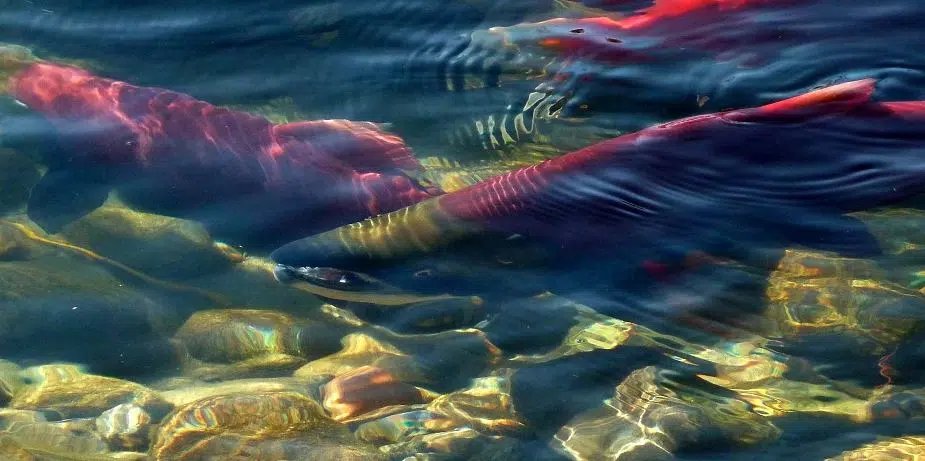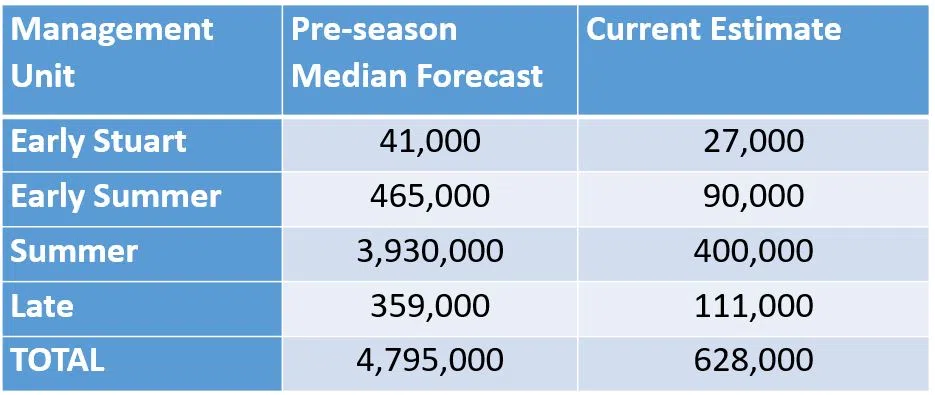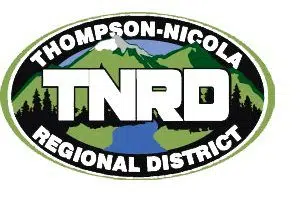
The Department of Fisheries and Oceans says there has generally been lower Sockeye salmon returns across the region.
In the Fraser River, officials were expecting a median return of just under 4.8 million sockeye at the start of the spawning season.
However, Director of Salmon Management Jennifer Nener says that has now been adjusted to around 628,000 returning sockeye salmon.
“Those numbers will continue to change over the coming weeks as we get updated information,” she said. “So due to these poor returns obviously we’ve had no directed fisheries targeted Fraser Sockeye at this time and that includes Food Social fisheries for First Nations.”
Nener says not all of those fish will necessarily head towards the Big Bar rock slide, but about three quarters of the Fraser sockeye return will be impacted by the slide.
Sue Grant, the head of a federal program on the state of salmon, says some of the declines are the results of climate change.
“Everything we’re seeing in salmon and ecosystem trends is embedded within this larger context,” she noted. “The planet is warming and the most recent five years have been the warmest on the planet’s record.”
Grant also noted that Canada is warming at a rate double the global average and that the rate increases at northern latitudes.
In the case of Fraser Chinook, the DFO says the goal is to reduce the overall Canadian fishery mortalities to near five percent. Officials say 2019 test fishery results are showing improvements over very poor results in 2017 and 2018, but note the catches are still down by more than 50 per cent compared to the brood years in 2014 and 2015.
They also note about 85 per cent of returns for endangered Spring and Summer 5-2 stocks spawn upstream of the rock slide site.
Andrew Thompson, Regional Director for Fisheries Management, says it’s been an extremely challenging year for salmon with significant declines in a number of stocks.
“Those include stocks in the North Coast, South Coast and the Fraser areas,” he said.
“The department has implemented several restrictions to recreational fisheries and as well as food social ceremonial and commercial fisheries to protect returning Chinook stocks in the Fraser River and to protect returning sockeye as well as local closures and management actions to protect any critically threatened stocks.”
Thompson says the trend is also being seen in waters off Alaska and Washington state.
















